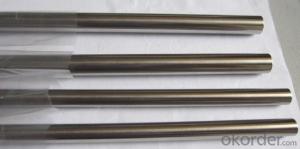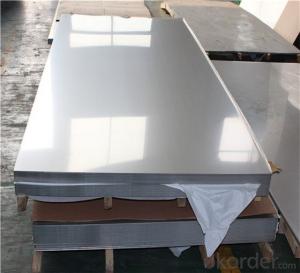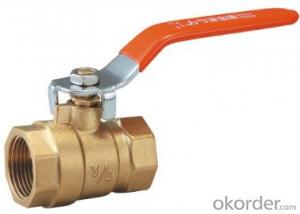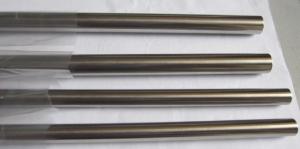303 Stainless Steel Properties
303 Stainless Steel Properties Related Searches
Best Paint For Stainless Steel Blanket Insulation For Steel Buildings Primer For Galvanized Steel Foam Filter For Stainless Steel H S Code For Stainless Steel Surface Grinding Wheels For Stainless Steel Surface Grinding Wheels For Hardened Steel Hole Saw For Stainless Steel Paint For Stainless Steel Stainless Steel For BbqHot Searches
Steel Mesh Panels For Sale Price For Stainless Steel Scrap Scrap Price For Stainless Steel Price For Stainless Steel Stainless Steel Tank For Sale Stainless Steel Sheets For Sale Cheap High Tea Sets For Sale Stainless Steel Tanks For Sale Stainless Steel For Sale High Density Fiberboard For Sale Solar Hot Water Collectors For Sale Scaffolding For Sale In Uae Scaffolding For Sale In Ireland Scaffolding For Sale In Houston Type Of Inverter For Solar Price Of Shipping Containers For Sale Types Of Inverter For Solar Stock Price For Aluminum Used Solar Inverter For Sale Steel Mesh Panels For Sale303 Stainless Steel Properties Supplier & Manufacturer from China
Okorder.com is a professional 303 Stainless Steel Properties supplier & manufacturer, offers integrated one-stop services including real-time quoting and online cargo tracking. We are funded by CNBM Group, a Fortune 500 enterprise and the largest 303 Stainless Steel Properties firm in China.Hot Products
FAQ
- Different types of stainless steel pipe unions are available for specific applications and requirements. Some common types are: 1. Threaded Union: This union has threading on both ends, making installation and disassembly easy. It is suitable for low-pressure applications and can handle moderate temperatures. 2. Socket Weld Union: Socket weld unions have a socket on one end and a male threaded connection on the other. They are designed for high-pressure applications and commonly used in industrial settings. 3. Butt Weld Union: Butt weld unions have two butt weld connections on each end. They are used in applications requiring a permanent, leak-proof connection, such as pipelines carrying corrosive fluids. 4. Flanged Union: Flanged unions have flanges on both ends, enabling easy connection to flanged pipes or equipment. They are commonly used in high-pressure and high-temperature applications that require straightforward installation and disassembly. 5. Compression Union: Compression unions consist of two ferrules and a nut that compresses the ferrules onto the pipe, creating a tight seal. They are commonly used in plumbing and gas supply systems. 6. Quick Connect Union: Quick connect unions, also known as push-to-connect unions, allow for easy and fast assembly without the need for tools or soldering. They are commonly used in plumbing, irrigation, and air compressor systems. Choosing the appropriate stainless steel pipe union is crucial, considering factors such as pressure, temperature, and compatibility with the transported fluid. Seeking guidance from a knowledgeable supplier or engineer can ensure the selection of the correct union for the intended application.
- How can the stainless steel tube eliminate stress?
- Or artificial stress, method: stresses both ends of the steel pipe fixed by the mold, through high-frequency shocks, so that the internal stress relief of the steel pipe
- Stainless steel pipes possess the capability to undergo bending or shaping. Their favorable ductility allows for easy transformation into various shapes and configurations. Specialized equipment, including pipe bending machines or hydraulic presses, are commonly utilized to achieve this. By applying pressure at specific points, these tools induce the desired bend or formation in the pipe. The extent of bending or shaping depends on factors such as the pipe's diameter, thickness, and the desired angle or curvature. It is crucial to exercise caution during the bending process to prevent any harm or distortion to the stainless steel pipe.
- Passivation in stainless steel pipes refers to the process of treating the surface of the pipes to remove any contaminants and enhance its corrosion resistance properties. It involves the use of chemical solutions or acids to remove iron particles and other impurities from the surface, creating a protective oxide layer that prevents further corrosion.
- Stainless steel pipes, being renowned for their exceptional corrosion resistance, durability, and strength, find their suitability in high-pressure applications. They serve as an optimal choice for handling fluids or gases under high pressure owing to their ability to endure extreme conditions without deformation or failure, which is attributed to their high tensile strength. Moreover, stainless steel pipes exhibit consistent properties even in the face of temperature fluctuations, both high and low, ensuring their reliability and effectiveness in high-pressure scenarios.
- What is lined with stainless steel?
- Stainless steel lining is a method of trenchless repair of underground pipes.
- Yes, stainless steel pipes are suitable for air conditioning systems. They offer excellent corrosion resistance, durability, and can withstand high temperatures and pressure levels commonly found in air conditioning systems. Stainless steel pipes also ensure clean air quality and are easy to maintain, making them a reliable choice for air conditioning installations.
- Stainless steel pipes possess the ability to endure high temperatures. The exceptional heat resistance of stainless steel makes it suitable for a wide range of applications involving elevated temperatures. The maximum temperature the pipes can withstand is determined by the specific grade of stainless steel employed. For example, austenitic stainless steel grades like 304 and 316 are typically capable of handling temperatures up to approximately 1600°F (870°C), whereas higher alloyed grades such as 310 and 321 can withstand even higher temperatures. This heat resistance is attributed to the presence of chromium and other alloying elements in stainless steel, which create a protective oxide layer that prevents corrosion and oxidation at high temperatures. Consequently, stainless steel pipes find common use in industries like petrochemical, power generation, and heat exchangers, where high temperatures are prevalent.















































